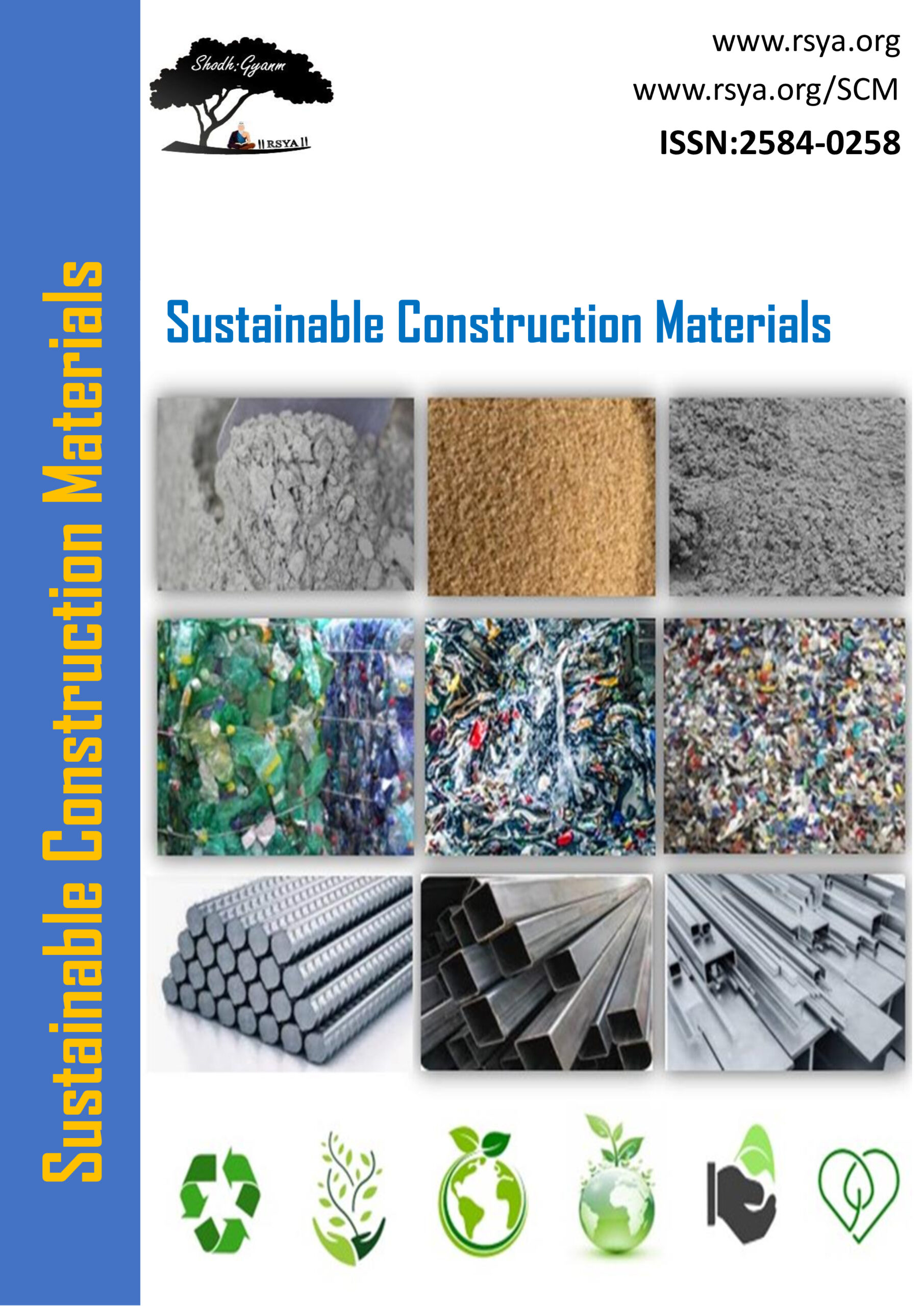
Civil Engineering, Construction Engineering & Management, Material Engineering
ISSN: 2584-0258 Open Access, Double Blind Review
Abstract and Indexing: Road, Google Scholar
Under Review: Scopus(Applied), UGC-Care(Applied), WoS (Applied)
Research Article
Anders Johansson, Lars Olsson, Kristina, Lena Nilsson
Vol 2 Issue 2, Pages 09 - 15
Published on: 22 Jan 2023
Abstract- Concrete has been an important material in the construction industry for a long time. Concrete requires three different types of aggregate: cement, fine aggregate, and coarse aggregate. Concrete uses cement as a binder, and the production and use of cement results in
increased CO2 emissions. To reduce carbon emissions, fly ash (FACF) and ground granulated blast furnace slag (GGBS), which possesses pozzolanic characteristics, are used in place of some of the cement. The purpose of this research was to examine what happened to the compression,
tensile, and flexural strengths of regular concrete when fly ash and GGBS were substituted for some of the cement. Glass fibres, at a rate of 0.5 percent, were added to cementitious material to determine the optimal blend. The productivity of the concrete was evaluated by testing cast
specimens at 7, 28, 56, and 90 days. At the end of the day, the optimal percentage of GGBS and fly ash was found to be 25%.
